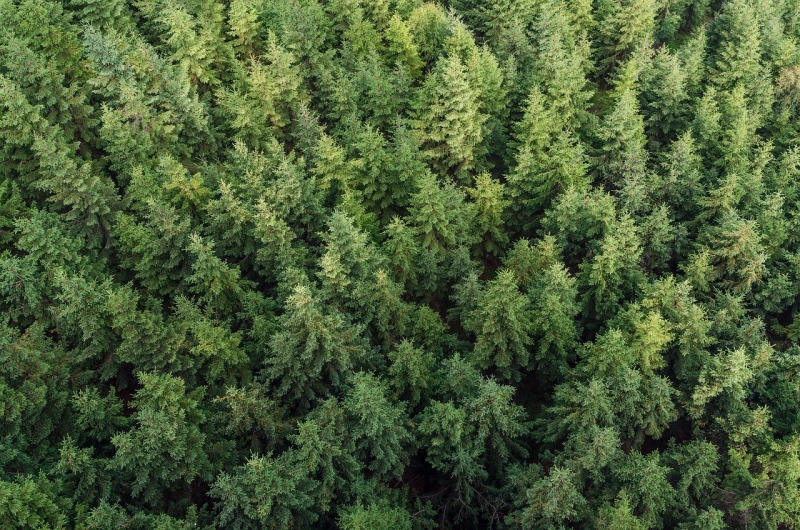…so why don’t they have to apply for water rights?
Originally published in the Peninsula Daily News, 9/30/23

It’s well-known that forest clear-cuts adversely affect stream flows in multiple ways, such as by increasing surface temperatures, damaging water absorbing organisms and causing faster runoffs.
Not so well known is that the more thickly planted plantation forests that follow limit the amount of rainfall reaching the ground and use more water than a natural forest, according to a study in the International Journal of Forestry Research.
As with pumping water directly from a river, or from wells below a river, both of which require a water right, this type of forestry results in lower water tables and reduced stream flows.
So why not require water rights for plantation forests that take water from a river as surely as a farmer’s irrigation takes water from a river?
And why is the full cost of the Dungeness Water Management Rule, up to $15,750 per building permit, placed entirely on building permit applicants?
And why don’t the Department of Natural Resources, the Forest Practices Board and our Clallam County Commissioners consider the impact of clearcuts and plantation forests on our streams?
The forest industry adversely affects more of our economy than just sports and commercial fishing, and damages our environment in more ways than just contributing to climate change and harming our endangered species. It’s past time to consider its impact on our real estate and farming industries, and everything else that relies upon our water resources.
Ron Richards
Port Angeles, WA


